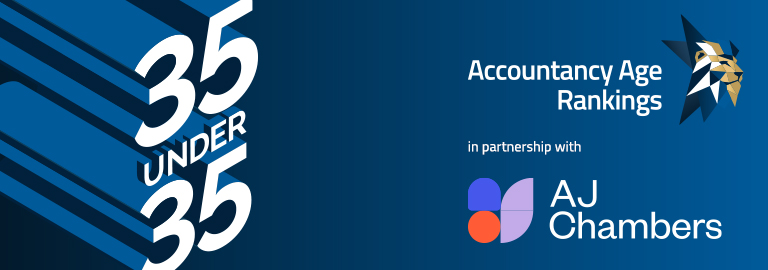The strides firms have made in the last decade in terms of transparency,
strategic management and even branding have been borrowed from businesses and,
let’s be fair, often improved upon.
Now that many firms face a fresh corporate challenge of their own, however,
they should ignore the lead of their clients and plough their own furrow.
If this summer realises the spate of practice mergers that it promises, firms
would do well to ignore lessons from the business sector. The ugly – and often
repeated – truth is that most corporate mergers and acquisitions fail.
They fail to realise the benefits promised (one and one barely equals one and
a half, let alone three), they fail to achieve unity and they fail to avoid the
quicksand of office politics, empire building and mass distraction.
It’s no wonder management consultancy Hays Group estimated earlier this year
that more than 90% of corporate mergers and acquisitions fall short of their
objectives. Grant Thornton and Robson Rhodes (not to mention Moores Rowland and
Mazars) will be hoping to fall into the minority camp.
In truth, GT boss Michael Cleary, the architect of the Robson Rhodes deal, is
too canny and considered to fail to recognise the obstacles that lie ahead.
Still I’ll give him some advice anyway based, for what’s it’s worth, on 15 years
of watching companies get it wrong.
Integrate quickly; a policy of one firm, two systems will only breed
discontent. Pay attention to the detail. When Coopers & Lybrand and Price
Waterhouse came together a decade ago it was the differing company car policies
that prompted a flood of letters to Accountancy Age from partners who felt they
were missing out.
That sort of personal grievance is likely to be even more of an issue at GT,
as the two firms look to even out partner compensation. Can Cleary drag Robson
Rhodes’ average earnings per partner of £135,000 to GT’s £385,000? Or will GT
partners have to settle for less?
Finally don’t pretend there won’t be dissent or dissatisfaction. Deal with it
when the people are worth fighting for and if they’re not; don’t let the
bastards grind you down.
Damian Wild is group editor in chief of Accountancy
Age

